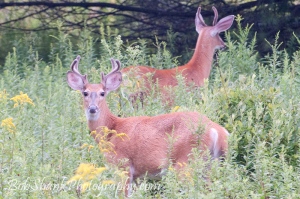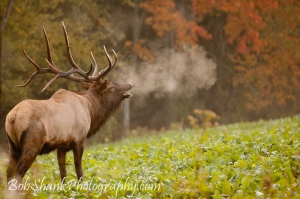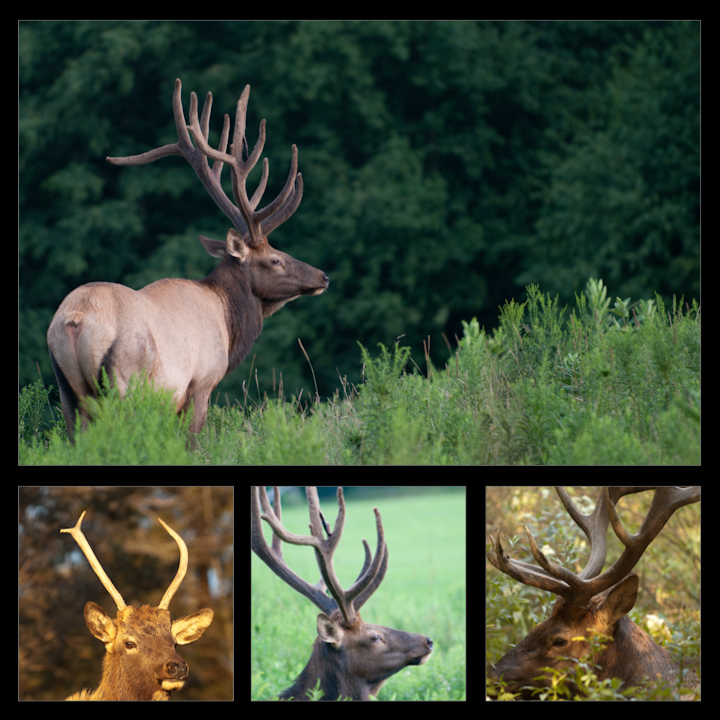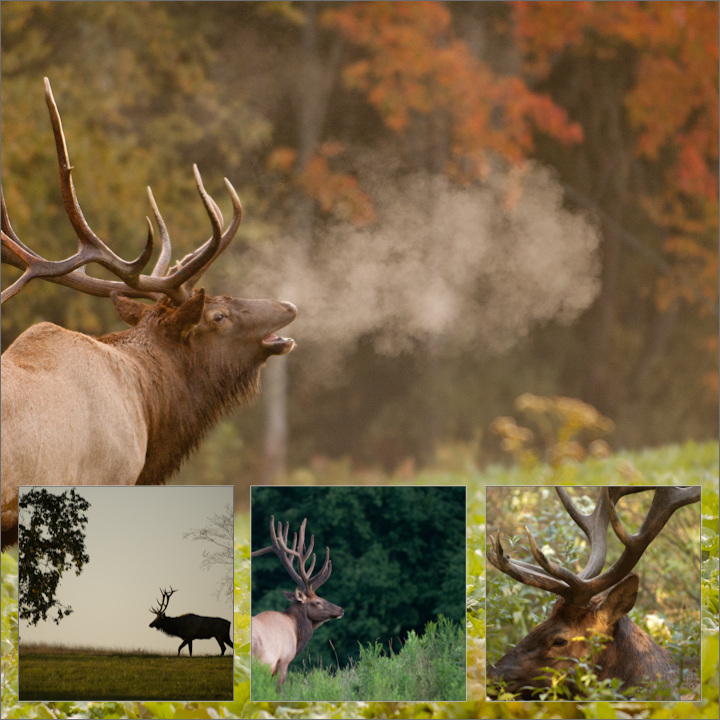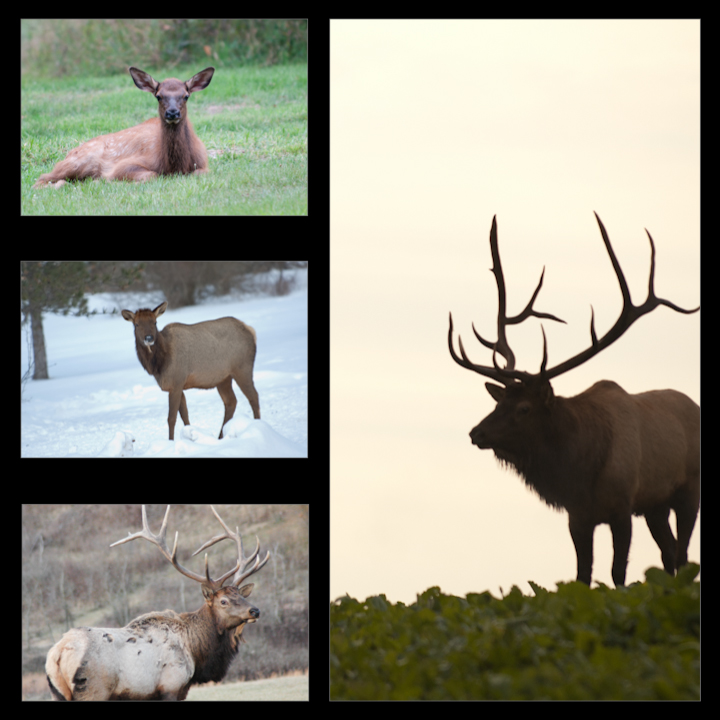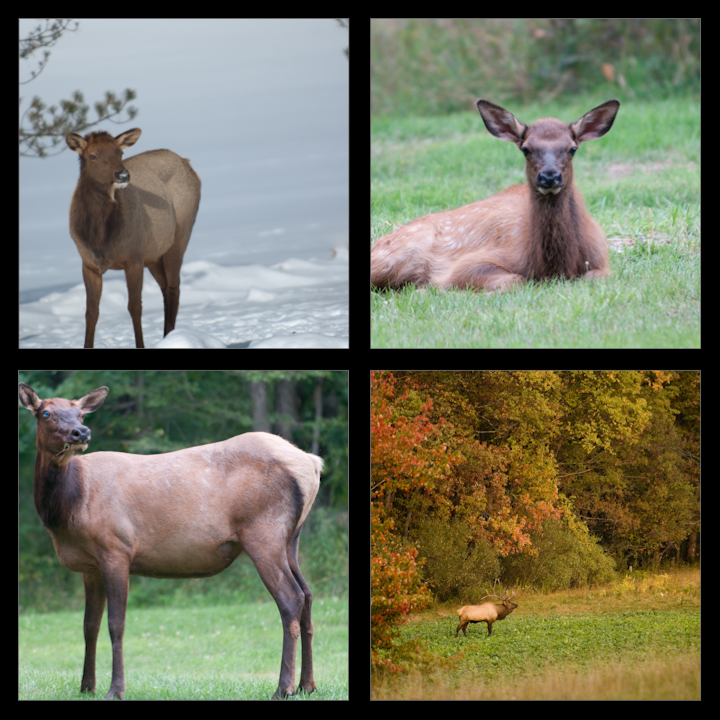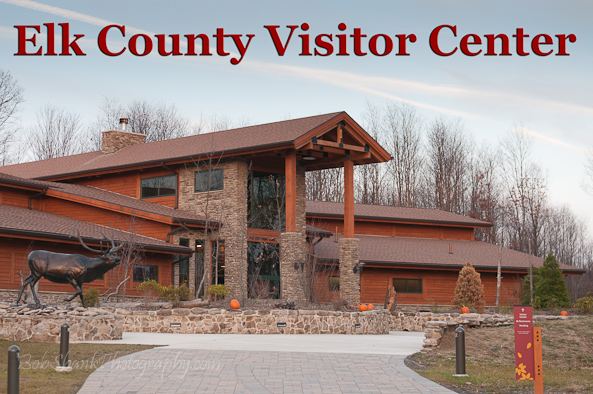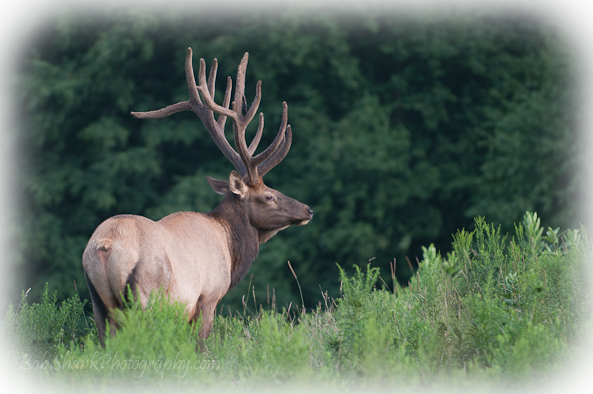The Elk Rut is my most favorite time of the year!
Fall is a great season to begin with since the leaves are changing and rich colors can be captured by our cameras. The cool air is a welcome break from all the summer heat, too. Yeah, fall is my favorite season of the year. Add to this the Elk Rut and things get really exciting! Bulls keep tabs on the cows and often circle them up in small groups. Competing bulls try to horn in on the action and sometimes even fight other bulls for dominance. The clashing of elk antlers and the sound of bulls bugling on a September day are enough to get my blood flowing rather quickly!
Most photographers enjoy shooting the big bulls. In fact, some photographers won’t shoot anything else–no spikes, no cows, no calves, no nothing. Nothing but big bulls. This is okay and it is even understandable. However, I believe that some other photographs are missed that might be compelling in their own way.
Take these three photographs for example. This bull is young. He will only be a spike this year. But as you look at his two tiny antlers in velvet, aren’t they interesting? This bull kind of reminds me of Rudolph the Red-Nosed Reindeer when he was young. Two little nubbins for antlers. Aren’t they cute?
Do these three photographs have any value at all or should I just devote my full attention to the big bulls? What do you think?







